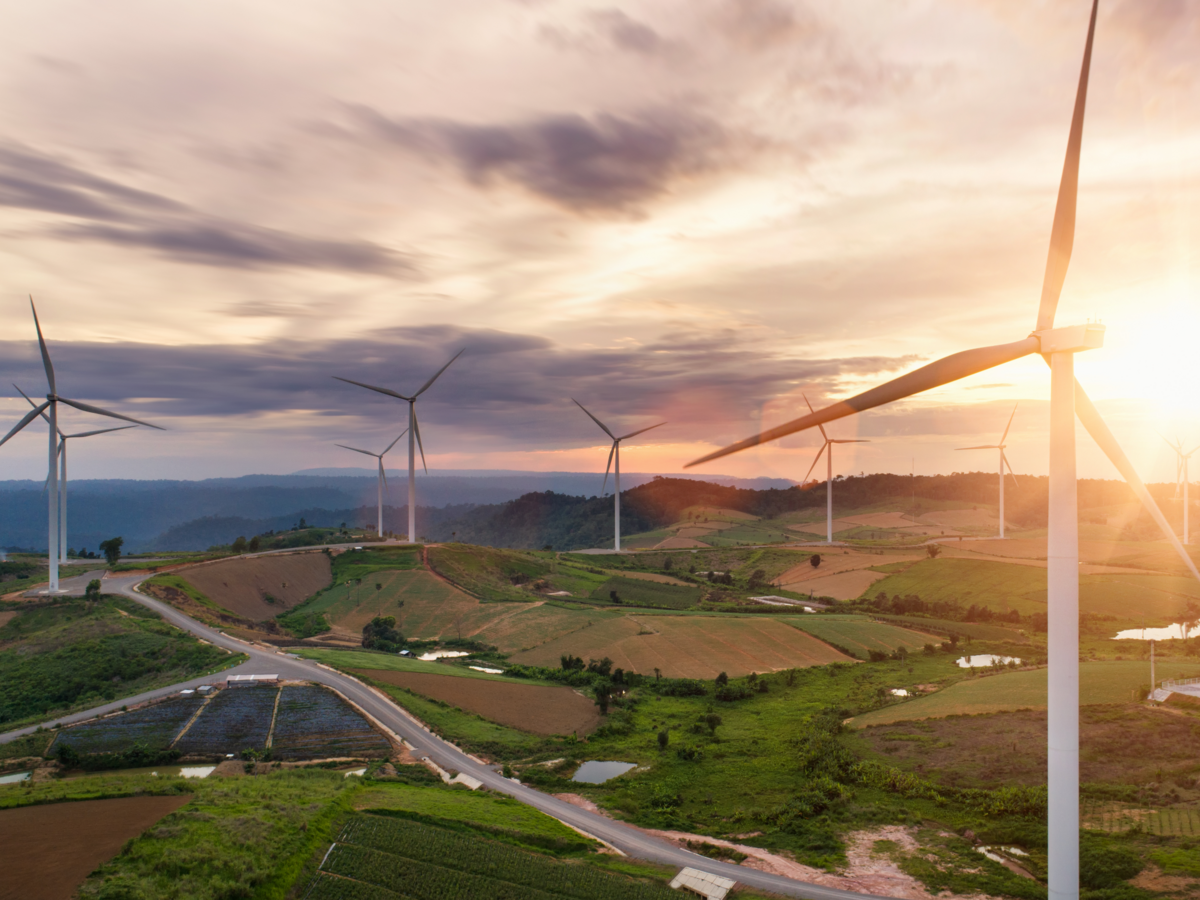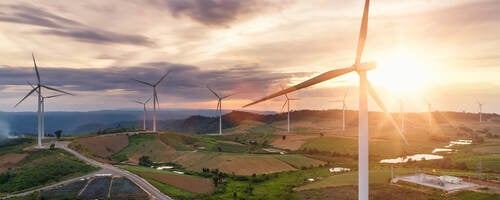Supporting asset life evaluation for wind turbines
Extending the operation of a wind turbine equates to increased revenue, which is gaining significant importance in the established wind installation markets. LTE also incorporates potential challenges that may lead to higher O&M costs and an increased risk of structural failures, which are more likely associated with additional cost, and also considers the corresponding safety risks. Lifetime extension services will continue to be an important consideration for wind projects in future years, as they maximize the profitability of aging wind farms.
With the vast and growing number of wind turbines operating globally, extending the life of wind projects and, in turn, their cash flow will be an important priority for wind asset owners. Turbine life assessment and extension services help owners make intelligent, informed decisions concerning operations, maintenance and repair, as well as repowering, with the ultimate goals of supporting safety and maximizing the value of operating wind assets.
Remaining useful life (RUL) analysis for wind turbines
A turbine is not an isolated system with a predetermined life: it is a set of components, each with its own statistical life, expressed as a probability of failure over various time frames, which is sensitive to site conditions and to how the turbine has been operated. Turbines are designed for specific IEC wind class conditions based on average wind speed, extreme gusts and turbulence typically for a 20-year expected lifespan. Actual wind conditions are, in many cases, less aggressive than design conditions, and there is enough margin on the design that the turbine can safely operate well beyond its intended life. The question is, how much longer can they operate safely and profitably? If a turbine is going to be operated beyond its 20-year design life, it should be assessed for its potential for lifetime extension. The RUL can be determined by a combination of analytical calculations and wind turbine inspections based on:
- On-site wind conditions (wind distribution, turbulence intensity, wind shear, inflow angle)
- Operating practices and conditions and O&M (e.g., availability, curtailments, emergency stops, preventive/corrective actions)
- Wind turbine design and properties (geometries, materials, stiffness, WT control model)
The main focus of the analysis is to determine the accumulated turbine component fatigue compared to design limits. The structural integrity of the turbines is also verified, and load simulations are performed to assess the safety and viability of extending turbine life. Load simulations include:
- Verification site suitability
- WT modeling and validation
- Damage equivalent loads (Markov matrices)
- Wind seeds generation (Kaimal models)
The results of the analysis include a probabilistic assessment of the remaining useful life of the major structural components (i.e., tower, bedplate, hub, etc.), estimates for replacement or remediation costs, recommendations for energy assumptions and forecasts for OPEX and CAPEX costs.
Wind turbine component evaluations
The RUL of a wind turbine is actually defined by the RUL of its individual components, which is derived by comparing the component load at the wind turbine’s location to the design load. At a minimum, the following components are inspected:
- All-over turbine condition
- Wind turbine operation
- Safety and control systems
- Test of all operating states
- Personnel safety
- Maintenance logs
- SCADA data for verification
- Damage to:
- Tower and foundation
- Blades
- Nacelle and hub
- Bolt connections
- Yaw system
- Hydraulic systems
- Electrical systems
- Gear box
Get in touch
Have questions, need specifics? Let's get this conversation started.


